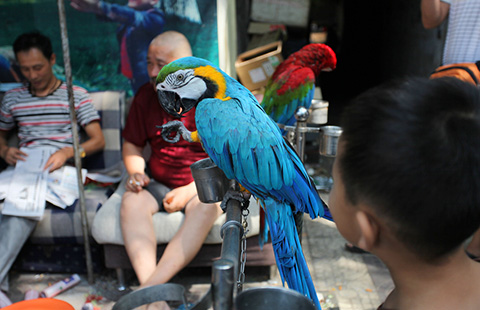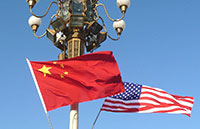Deflation risks prompt more stimulus measures
(Xinhua) Updated: 2015-09-11 10:54For the first eight months, PPI averaged a 4.9-percent year-on-year drop. On a monthly basis, the index fell 0.8 percent in August.
NBS statistician Yu Qiumei attributed the PPI contraction mainly to dropping prices of industrial products and decreasing costs for oil and natural gas production.
"Domestic demand remained sluggish, and commodity prices were on the decline. China still faces grim deflation risk and more easing polices are needed," noted Qu Hongbin, chief China economist at HSBC.
A combination of deflation risks and a slowing economy has troubled China as it tries to re-tool its economy for slower but more sustainable growth based on more sophisticated industries.
Foreign trade in August dropped 9.7 percent year on year to 2.04 trillion yuan ($320.8 billion). Exports fell 6.1 percent year on year to 1.2 trillion yuan while imports slumped 14.3 percent to 836.1 billion yuan, official data showed Tuesday.
Facing lingering downward risks, authorities have ramped up efforts to prop up the economy.
China has cut the reserve requirement ratio (RRR) of banks four times in nearly seven months and cut interest rates five times in nearly nine months.
China's banking and housing regulators slashed down payment requirements for second home purchases using housing provident funds to 20 percent from 30 percent at the end of August, provided the buyers have paid off the mortgages on their first home, to step up recovery of the property sector.
The Ministry of Finance on Tuesday also released fresh fiscal stimulus policies to stabilize growth, such as coordinating funds to accelerate project construction, activating idle money and widening tax breaks.
Liu Ligang, chief economist for the Greater China Region of ANZ Bank, said further policy easing is needed to stave off the risk of a vicious cycle of slower growth and deflation.
He said he expects the central bank to cut the RRR by another 50 basis points by the end of the year.
- Bird market hidden in Xi’an ancient street
- Amidst changes, experts are optimistic for Chinese economy
- Chinese companies need to ensure better product quality
- IP protection will remain a priority for China
- Finnish paper maker driven by 'power of word'
- Chinese Global Growth Companies awarded at Summer Davos
- China's antitrust law enforcement not discriminatory: official
- Chinese premier urges intl cooperation in production capacity
















